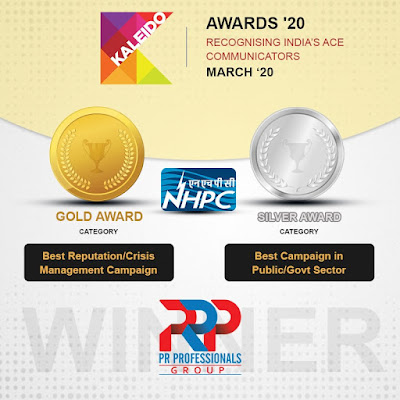Public Relations in Health – I
How public teaching changed the country’s
perspective.
Health
education was always a contentious issue in India. The lack of awareness
combined with lackadaisical approach by the public sector to fulfil the role in
capacity of a welfare state led to a stagnant and constantly deteriorating
situation. While on the one hand population boom overtook the rate at which
State could evaluate, control or provide basic amenities, the rampant festering
of terminal afflictions like Polio, Tuberculosis, Small Pox, Chicken pox
continued to plight the country. It was a quite a contrast since modern
medicine had significantly reduced the mortality rate. The cruel reality was
India’s unmatched proclivity to reproduce wherein epidemics and pandemics were
rather common and often forgotten. In this article, we focus on the initiative
taken by governments over the years to educate rural sections on the importance
of
a. Hygiene,
public and private
b. Population
and birth control
c. Vaccinations
against known diseases, such Polio, Hepatitis, Jaundice etc.
d. Importance
of regular health check ups
e. Protection
against environmental hazards
The
technique of PR
deals in disseminating information tailored to reach target audience while
maintaining relevancy to the objective. We take up the case of rural sector.
The problem existed in lack of knowledge about basic ailments. Polio is a
success story in terms of combined efforts, recognition and systematic
eradication of the same. The government launched the campaign starting in the
late 70s and by 2014, WHO declared India a polio-free State for three years.
This achievement was the result of thousands of foot soldiers going door to
door administering the innocent but highly effective polio vaccine for free to
all children under five. A deadly disease a majority of India’s present
generation would have either perished or joined the army of sick and dying
exponentially increasing the pressure on State Exchequer. The method was
simple. Awareness seminars, regular broadcasts over television and radio, and
demonstrably systematic education about the disease, its genetic effects, in
schools, through newspaper articles encouraged the public to fight it and
provide a healthy living for their children. Although it was too late for
adults already living with the malaise, it transformed an entire generation. A
lot of factors such a public speeches, successive governments making Polio-vaccination
a primary goal in their manifestos, the participation of global leaders,
ministers, also Bollywood actors and iconic pictures displaying PMs and CMs
personally attending to delivering the vaccine, flagged off the drive with
fresh energy every year. The government employed the method of healthy dialogue
answering questions, encouraging debates, opening forums for people
participation.
The massive success can be attributed to women, solely
responsible for the health and well-being of the family to rise to the
challenge and sometimes cover miles to reach the nearest Polio vaccination
centres. The winning strategy was free inoculation compulsory for all schools
in rural and urban areas. Another winning factor was the simplicity in
delivering the vaccine. From large needles leaving tattoo like marks, to small
needles and finally to trivalent oral doses, polio vaccine made its way into
strengthening the immunity of all and sundry. Immunization drives from
state-specific programs to centre’s prompt response makes for an inspirational
reading into India’s desperate effort to defeat this deadly disease right down
to its winning end.
It
was the relentless PR programme over several years resulting in a comparatively
free and healthy India. Today we see several advertisements issued in public
interest that constantly urges both the public and government to strengthen and
make bold strides in fighting health problems to be at par with the world. A
country is judged heavily by the public health system it maintains and
promotes. It is the State’s duty but one can’t cure without the consent of the
patient, which is where quality education steps in and PR bridges


Comments
Post a Comment